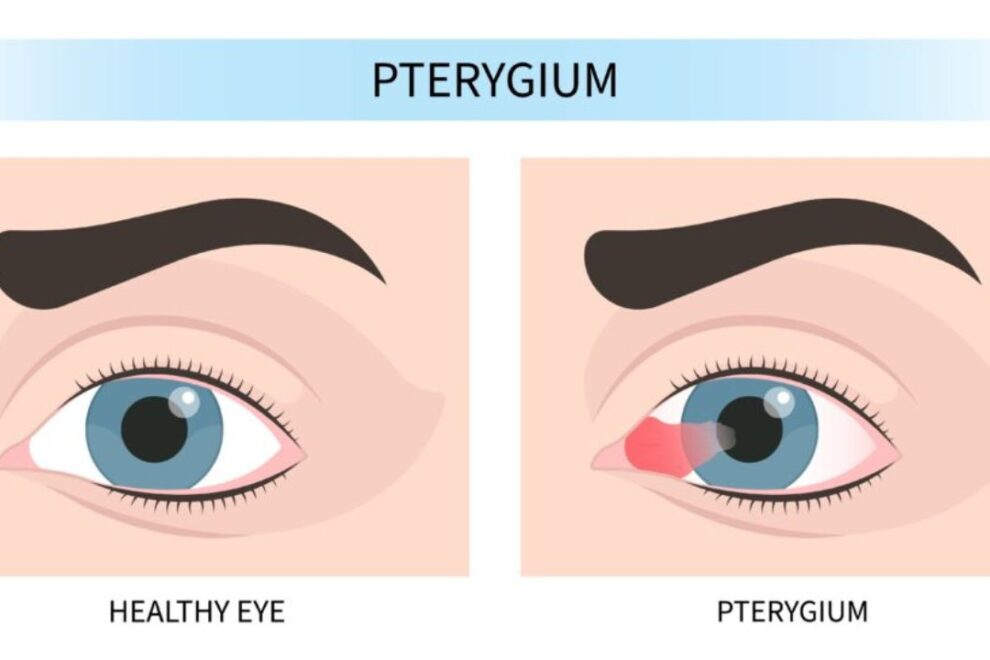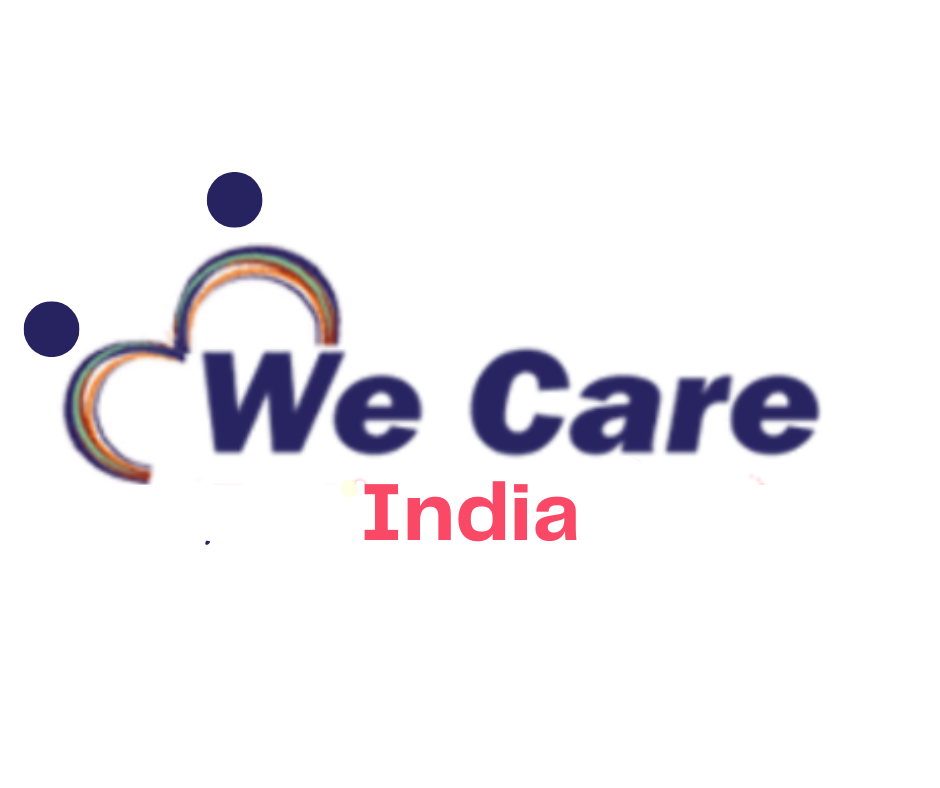Pterygium Removal Surgery and Cost in India
Symptoms in India
Pterygium usually has no symptoms, and many do not require treatment. However, some pterygium become red and inflamed from time to time. Large or thick pterygium may be more irritating than painful. Occasionally, large pterygium will begin to change the shape of the cornea and cause vision changes (astigmatism).


Free Doctor Opinion
Treatment in India
Pterygia are more common in sunny climates and in the 20-40 age group. Scientists do not know what causes pterygia to develop. However, since people who have pterygia usually have spent a significant time outdoors, many doctors believe ultraviolet (UV) light from the sun may be a factor. In areas where sunlight is strong, wearing protective eyeglasses, sunglasses, and/or hats with brims is suggested. While some studies report a higher prevalence of pterygia in men than in women, this may reflect different rates of exposure to UV light.
Looking for a free cost estimate for Cosmetic Surgery in India abroad –click here
Or email at [email protected] / Call +91 9029304141
Because a pterygium is visible, many people want to have it removed for cosmetic reasons. It is usually not too noticeable unless it becomes red and swollen from dust or air pollutants. Surgery to remove a pterygium is not recommended unless it affects vision. If a pterygium is surgically removed, it may grow back, particularly if the patient is less than 40 years of age. Lubricants can reduce the redness and provide relief from the chronic. A pterygium is a raised wedge-shaped growth that occurs on the surface of the eye. It is thought to be related to increased exposure to ultra-violet (UV) light, as it is more common in people who have lived in sunny areas.
What is Pterygium?
Pterygium starts as an area of redness and thickening on the conjunctiva, usually on the inner aspect of the white of the eye. In some cases, the pterygium may extend across onto the cornea, which is the clear front window of the eye. If the pterygium grows towards the middle of the cornea, it should be surgically removed. Pterygia can cause a number of problems. They may be easily visible and cause cosmetic embarrassment. They often become sore, red, and gritty, especially with wind, smoke or dust. Eventually the pterygium may interfere with the vision either by distorting the cornea or by extending over the pupil.
How can a pterygium be treated?
The comfort of a pterygium may be improved by using eye drops such as artificial tear drops or decongestant drops. These often help with the redness of the eye as well. Some pterygia, which continue to cause problems, may require surgical removal.
Surgical procedure in India
In surgery, the pterygium is removed and a small piece of the conjunctiva, which is the thin transparent skin that covers the white of the eye, is placed into this site from under the upper lid. The surgery is performed under local anaesthetic. There should be no pain during the surgery, which takes approximately half an hour. Following the procedure, a prescription is given for eye ointment or eye drops and analgesic tablets. For approximately 1-2 weeks following surgery, getting water, dust or dirt in the eye should be avoided.
Will the pterygium grow back?
One of the main problems with the removal of a pterygium is that re-growth may occur, although this happens in fewer than 1% with newer surgical techniques. To reduce the risk of recurrence, you should try to reduce exposure to ultra-violet light following surgery by wearing sunglasses or a hat when outdoors. Your surgeon may advise you not to have the surgery performed over the summer months for this reason.
Do you have your medical reports; send us now for a free quote –click here
Or email at [email protected] / Call +91 902930414
Read Also :-
- Stenting for GI Tract Surgery: A Minimally Invasive Solution in Digestive Health
- Surrogacy Agency in India: Professional Guidance for Your Parenthood Journey
- Sigmoidoscopy Surgery in India: Early Detection and Affordable Care for Colon Health
- Advanced Spondylosis Surgery in India: Procedures, Costs & Leading Hospitals
- Stenting for GI Tract Surgery: A Minimally Invasive Solution in Digestive Health
- Sigmoid Colectomy in India: Advanced and Affordable Colon Surgery
Committed To Build Positive, Safe, Patient Focused Care.
High Quality
Care
Home Review
Medicine
All Advanced
Equipment
Book An Appointment

At We Care India, we offer complete medical services for your entire family, from routine check-ups to injury care, ensuring personalized attention and expert assistance for all your health needs.
Our Hospital
Book An Appointment
Phone
+91 9029304141
Our Locations in India
Delhi
Mumbai
Bangalore
Chennai
Hyderabad


